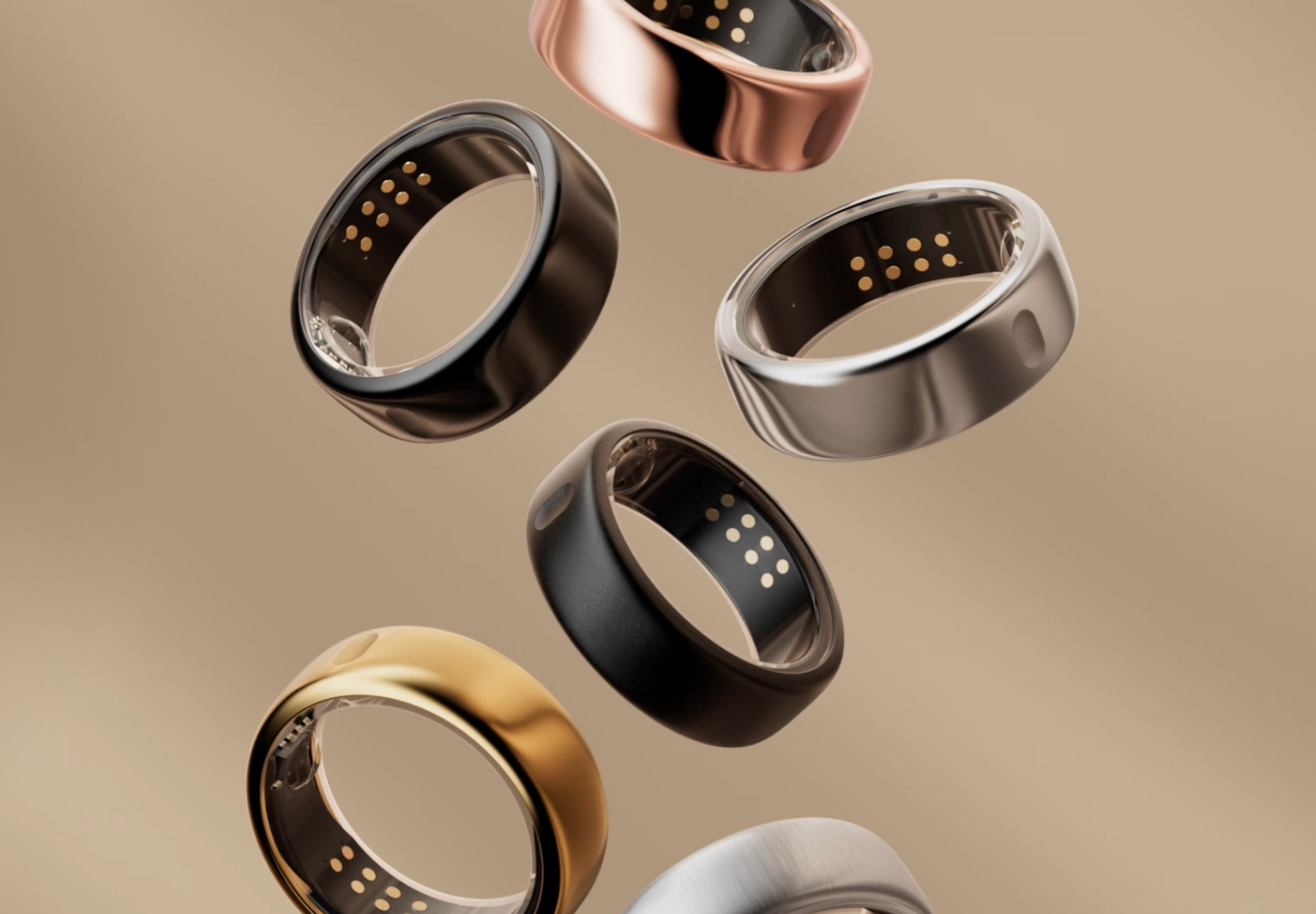
Red light therapy (RLT), also known as photobiomodulation (PBM), is a non-invasive treatment that uses specific wavelengths of red and near-infrared light to stimulate cellular processes and promote healing. This scientifically-backed technology has been shown to support tissue repair, reduce inflammation, and even improve recovery times in athletes. With a growing body of clinical evidence supporting its efficacy, RLT is gaining attention in both wellness and medical communities.
In a randomized controlled trial, photobiomodulation was found to significantly enhance the healing of musculoskeletal injuries. Baroni et al. (2010) demonstrated that near-infrared light therapy reduced pain and inflammation in patients with musculoskeletal disorders, showing a clear advantage over placebo treatments.
Numerous controlled trials have shown the efficacy of red light therapy for various conditions. One prominent study by Chaves et al. (2014) demonstrated that near-infrared light therapy significantly reduced joint pain and inflammation in patients with osteoarthritis. The study noted improvements in mobility and pain relief, supporting the use of PBM as a complementary treatment for degenerative joint diseases.
In addition, a meta-analysis by Glazov et al. (2016) reviewed several studies on PBM for chronic pain conditions, finding that RLT significantly reduced pain levels compared to control treatments. The researchers concluded that red light therapy offers a promising non-pharmaceutical alternative for managing chronic pain and enhancing recovery in patients with musculoskeletal injuries.
FlexBeam: A Cutting-Edge Device
FlexBeam sets itself apart from traditional light therapy devices by offering a flexible, portable, and targeted design. Its portability makes it easy to use at home or during travel, allowing users to receive the benefits of red light therapy on demand. Additionally, FlexBeam’s targeted application means that users can apply the therapy directly to problem areas such as the back, shoulders, or knees, maximizing its therapeutic potential.
The combination of red and near-infrared light in FlexBeam allows for both superficial and deep tissue treatment, enhancing the versatility of the device. This dual-wavelength approach ensures that FlexBeam can address a variety of health concerns, from surface-level skin issues to deeper musculoskeletal problems.
Benefits of Red Light Therapy
- Accelerated Recovery and Pain Reduction: A clinical study by Leal Junior et al. (2015) reported that red light therapy significantly enhanced muscle recovery and reduced muscle soreness following exercise. The researchers found that athletes using near-infrared light had lower levels of creatine kinase (CK), a marker of muscle damage, compared to a placebo group.
- Reduction of Inflammation: Chronic inflammation is a major contributor to various health issues, including joint pain, arthritis, and delayed recovery from injuries. Research has demonstrated that red and near-infrared light can modulate inflammatory processes at the cellular level by reducing pro-inflammatory cytokines and increasing circulation to affected tissues (Hamblin, 2017). These effects can be particularly beneficial in conditions such as arthritis or tendinitis.
- Enhanced Tissue Repair: Red light therapy has been shown to enhance wound healing and tissue regeneration. A randomized controlled trial conducted by de Freitas and Hamblin (2016) found that PBM therapy promoted the formation of new blood vessels (angiogenesis) and collagen production, both crucial processes for tissue repair. This effect is particularly important for individuals recovering from surgery or injury, as well as for those managing chronic skin conditions.
- Improved Circulation and Cellular Health: The FlexBeam device’s near-infrared light can penetrate deeply into tissues, reaching muscles and even bones to improve circulation. Increased blood flow helps deliver oxygen and nutrients to cells more efficiently, supporting overall cellular function and promoting recovery from injury or strain. Improved circulation can also aid in reducing muscle stiffness and enhancing mobility.

The FlexBeam device by Recharge Health offers a scientifically-supported method to harness the power of red light therapy for improving recovery, reducing pain, and enhancing tissue repair. With a growing body of clinical evidence supporting its efficacy, red light therapy continues to emerge as a valuable tool for both wellness and medical applications. Whether for athletes looking to speed up recovery, individuals managing chronic pain, or those seeking to optimize their overall health, the FlexBeam device provides an accessible and effective solution for harnessing the benefits of red light therapy, not to mention one of my most trusted partners in the recovery and human optimization space.
You can even use code: drjena at ----> https://recharge.health/product/flexbeam-aff?ref=h0qLwKTn3zPH eY&utm_source=go_aff_pro For a discount on my favorite recovery tool.
References:
- Baroni BM, Leal Junior EC, De Marchi T, et al. Low level laser therapy before eccentric exercise reduces muscle damage markers in humans. Eur J Appl Physiol. 2010;110(4):789-796.
- Leal Junior EC, de Almeida P, Tomazoni SS, et al. Phototherapy (PBM) improves performance and accelerates recovery of high-level rugby players. Int J Sports Med. 2015;36(8):590-595.
- Hamblin MR. Mechanisms and applications of the anti-inflammatory effects of photobiomodulation. APL Bioeng. 2017;1(1):011002.
- de Freitas LF, Hamblin MR. Proposed mechanisms of photobiomodulation or low-level light therapy. IEEE J Sel Top Quantum Electron. 2016;22(3):7000417.
- Chaves ME, Araújo AR, Piancastelli AC, et al. Effects of low-power light therapy on wound healing: LASER x LED. An Bras Dermatol. 2014;89(4):616-623.
- Glazov G, Yelland M, Emery J, et al. Low-level laser therapy for chronic non-specific low back pain: a meta-analysis of randomised controlled trials. Acupunct Med. 2016;34(5):328-341.
*Photos courtesy of https://recharge.health/
DISCLAIMER: This blog is provided for educational and informational purposes only and does not constitute providing medical advice or professional services. The information provided should not be used for diagnosing or treating a health problem or disease, and those seeking personal medical advice should consult with a licensed physician. Always seek the advice of your doctor or other qualified health provider regarding a medical condition. Never disregard professional medical advice or delay seeking it because of something you have seen, read, or heard in this blog. If you have a medical emergency, call 911 or go to the nearest emergency room immediately. This website or its use creates no physician-patient relationship. Neither the blog, its employees, nor any contributor to this blog make any representations express or implied, concerning the information provided herein or its use.



